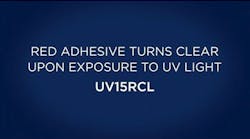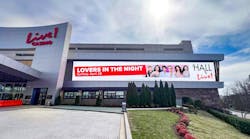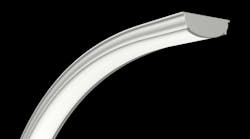The European Commission released draft Regulations on Energy Labeling and Eco-design requirements for Lighting products, repealing Regulations (EU) No 874/2012, (EC) No 244/2009, (EC) 245/2009 and (EU) No 1194/2012.
New requirements for energy labeling according to the draft Regulation
- The current energy label for lamps is reviewed and updated, introducing the QR code linking the model information to the public part of the database and the reference to the applicable EU regulation
- The limits for the energy efficiency classes have been revised: all light sources above 210 lm/W are class A, all light sources below 85 lm/W are class G
- The scope now covers organic light emitting diodes (OLED)
- If a containing product (for example, a luminaire) cannot be taken apart for verification of the light source and separate control gear, the entire containing product is to be considered a light source
- Light sources are always in the scope, even when they are parts of a containing product. However, the containing products themselves are not in the scope of the act. This means that the energy labeling requirement for luminaires set out in Regulation (EU) No 874/2012 is deleted.
- If the light source is sold inside a containing product, a label is not required, but the packaging of the containing product must display text declaring the energy efficiency class of the contained light source
- A list of lighting parameters and other information has been specified and needs to be entered, prior to marketing the products, on the product and in the compliance database established pursuant to Regulation (EU) 2017/1369 starting from January 2019
Layout of the new Energy Label for light sources
New requirements for energy efficiency and eco-design according to the draft Regulation
The European Commission introduced:
- New testing procedures and measurement methods
- New functional requirements like flicker and stroboscopic effect metric (SVM)
- Minimum energy efficiency requirements for separate control gears
Note: The requirement for mercury content of light sources has been deleted and the RoHS Directive 2011/65/EU will remain the only applicable regulation for hazardous substances.
Key dates:
- The public consultation closed November 9, 2018
- The final drafts are agreed December 17-20, 2018
- The regulations are voted by member states in Spring 2019
- The regulations come into force 2021
How UL can help
UL continues to monitor the energy efficiency and labeling standards and regulations as test methods move toward finalization. In addition to providing testing and certification for lighting products in accredited laboratories, we keep our customers aware of changes by becoming one trusted source of compliance information and support.
Our Global Market Access team is prepared to help you achieve compliance with new requirements and works diligently to remain aware of updates and revisions. For more information or to contact our experts, visit our Global Market Access site at ul-certification.com.






